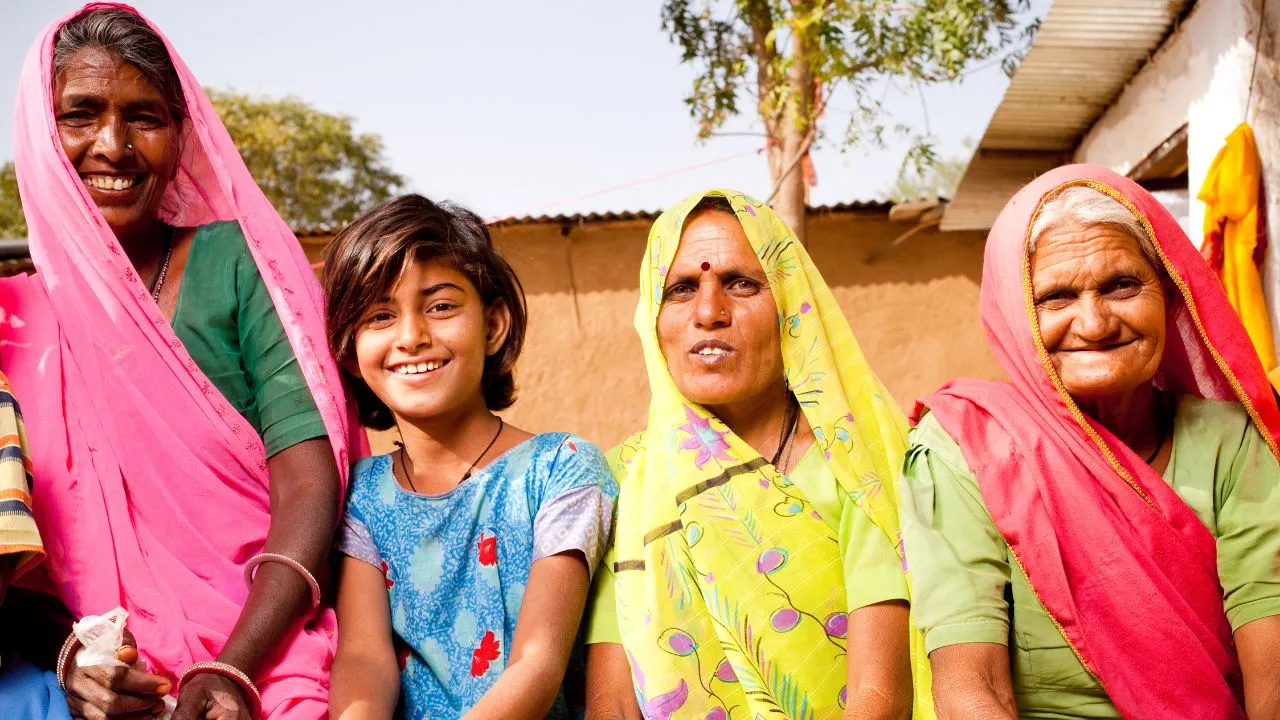- By Sakshi Gupta
- Wed, 27 Mar 2024 02:21 PM (IST)
- Source:JND
JE Education Desk: If rural women had greater access to advanced numeracy skills and STEM (Science, technology, engineering, and mathematics) education, they would excel in an even more profound manner in key technological sectors. The fact, however, remains that in STEM-centric workplaces, women comprise only 27% of the total workforce in India, as per the Global Gender Gap Report 2023 by the World Economic Forum. Given that STEM sectors represent critical jobs in the future, it is imperative to address this imbalance and close the learning and skill gaps.
Javed Siddiqui, Education Lead at Transform Rural India (TRI), went on the root of this disparity. According to recently released survey data from the Annual Status of Education Report (ASER), girls and boys in rural India share almost equal aspirations to become doctors and engineers. But as students progress to higher grades, a reversal in these aspirations becomes evident. In the younger age group, 18.2 per cent of girls and 16.7 per cent of boys aspire to become doctors or engineers. In Grade XI or higher, over half are in the Arts/Humanities stream (55.7%), followed by STEM (31.7%) and Commerce (9.4%). Notably, females are less likely to be enrolled in STEM (28.1%) than males (36.3%). Among the 64% of enrolled 18-year-old girls, only 28% opt for the science stream, effectively placing only around 12% of girls in science subjects.
Further, as per a State of Elementary Education Report by the Development Intelligence Unit (DIU), a collaboration between NGO Transform Rural India (TRI) and Sambodhi Research and Communications, 36.8% of girls mentioned the need to contribute to their families' income as the reason for leaving school. Additionally, 31.6% of parents of female students reported a lack of interest in studies as the cause of their daughters discontinuing education, thereby making farming the sole source of livelihood for women in rural India.
Many rural schools also do not have basic infrastructural amenities like good libraries, science labs, and modern teaching aids. This obstructs practical learning, impeding students from acquiring hands-on experience. Moreover, the curricula and teaching methodologies in numerous rural schools often centre around rote learning, which affects students' creativity and problem-solving skills. It is also vital to focus on the recruitment and retention of qualified teachers in rural areas, who are equipped with innovative teaching methods that render learning interactive and applicable to the local context.
Another significant factor behind gender disparity in STEM fields is the limited availability of streams and subjects in schools, which not only confines students' individual choices but also perpetuates stereotypes about suitable subjects and streams for girls. The ASER report underscores that in locations where diverse courses and subjects are accessible in schools or the surrounding area, children tend to be more aware of broader choices and harbour greater aspirations.
In a scenario marked with such inequity, is grassroots change possible at all? The story of Santosh, a rural woman affirms that the narrative can be changed for the better. This story exemplifies that rural development and economic and social transformation cannot be achieved without gender-inclusive, local solutions. The success of Santosh and other ‘Badlav Didis' shows that women with their sharp intellect, resilience, and deep understanding of local challenges hold the key to designing solutions with significant and far-reaching impact. School functions improved in various places of Madhya Pradesh where a cadre of community champions (Education change vectors-Badlav didis) evolved. In villages where ECV Didis are placed, 95% of respondents showed a level of confidence and trust in government schools. Similarly, 65% of villages where ECV Didis are placed have organized enrolment drives to reach out to every parent (State of Elementary Education Report by the Development Intelligence Unit).
One cannot also overlook the role of inhibitive social conditioning and it is essential to encourage girls at home and within educational institutions to pursue STEM fields and confront systemic biases that often steer women away from scientific subjects. Workshops and seminars can also help to educate teachers, parents, and students about the adverse impacts of stereotypes and the value of STEM education. Additionally, spotlighting female role models in the realms of STEM can serve as a powerful catalyst to inspire young girls.
Closing the gender gap in STEM education demands intentionality and bigger investments in education and innovation. Only when equal educational and skilling opportunities are accorded to underserved girls and young women, will they be able to take their place as equals in STEM fields and contribute significantly to India's scientific and economic advancement.
